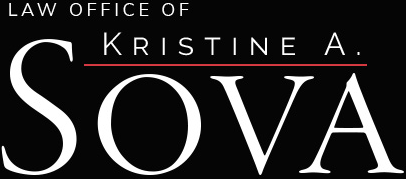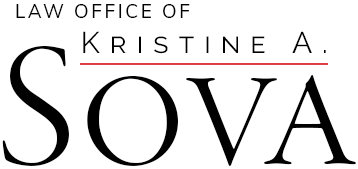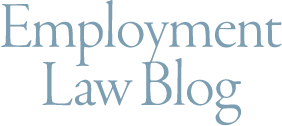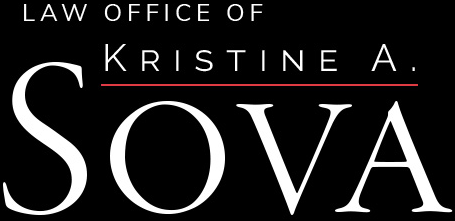Some non-disclosure obligation is usually presented to an employee upon hire or termination of employment. Upon hire, the obligation usually takes the form of a stand-alone non-disclosure agreement (NDA) or it is part of a larger employment agreement or non-compete agreement meant to maintain the confidentiality of the employer’s commercially valuable information. Upon termination of employment, the obligation is usually a term in a separation agreement, and it requires the employee to maintain the confidentiality of the terms of the agreement and any underlying facts or circumstances that may have led to the termination.
The broad-based NDAs that I commonly drafted when I started practicing eighteen years ago are very much a thing of the past. This post discusses the various carve outs New York employers should consider including (and in some cases must include) in their various NDAs and confidentiality agreements.
Notice of Immunity under the Defend Trade Secrets Act (DTSA)
Enacted in 2016, the DTSA created a federal, private right of action for trade-secret misappropriation. The remedies for companies suing individuals under the DTSA include punitive damages and attorney’s fees. However, in order to take advantage of these remedies, a company must advise its employees (and contractors) of the DTSA’s whistleblower immunity provisions. Those provisions provide for immunity from any criminal or civil liability under any federal or state trade-secret law when an individual discloses a trade secret that is made in confidence to an attorney or government official solely for the purpose of reporting or investigating a suspected violation of law or in a filing in a lawsuit made under seal. The notice requirements are set forth in detail in the DTSA.
Confidentiality of Employment Discrimination and Harassment Claims
Under New York law, settlements of employment discrimination and harassment claims may only include conditions of confidentiality if they are the complainant’s preference. The restrictions in relation to sexual harassment claims went into effect on July 11, 2018, and the restrictions in relation to all discrimination claims went into effect on October 11, 2019.
In order to include conditions of confidentiality in the settlement of an employment discrimination or harassment claim, a specific process must be followed. It can be initiated by either the complainant or the employer. The process is as follows:
- The confidentiality term must be provided to all parties in plain English and, if applicable, the primary language of the complainant, with the complainant receiving at least twenty-one days to consider the term.
- After twenty-one days, if the complainant agrees to include the confidentiality term in the separation or settlement agreement, that preference must be memorialized in an agreement signed by the parties.
- And, after signing the separation or settlement agreement with the confidentiality term, the complainant may revoke the agreement within 7 days of signing. The separation or settlement agreement shall not become effective until the revocation period has expired.
Note that the 21-day consideration period cannot be waived or shortened. Furthermore, the confidentiality term will be void to the extent it restricts a complainant from (a) initiating, testifying, assisting, complying with a subpoena from, or participating in any manner with an investigation conducted by an appropriate local, state, or federal agency; or (b) filing or disclosing any facts necessary to receive unemployment insurance, Medicaid, or other public benefits to which the complainant is entitled.
The law only applies to settlements of actual claims, but as a best practice, employers entering into separation agreements containing a general release of claims and a confidentiality obligation where there is no underlying claim should consider securing an affirmative representation by the departing employee that he/she did not raise any claim or allegation of discrimination or harassment to the employer.
Confidentiality of Future Employment Discrimination and Harassment Claims
Under New York law, for any agreement entered into on or after January 1, 2020, an employer cannot prevent the disclosure of factual information relating to a future discrimination or harassment claim, unless the agreement notifies employees or applicants that it does not prevent them from speaking with the U.S. Equal Employment Opportunity Commission, the New York State Division of Human Rights, any local commission on human rights, and/or an attorney hired by the individual.
Protection of Employees’ Section 7 Rights
Under Section 7 of the National Labor Relations Act (NLRA), both unionized and non-unionized employees have the right to discuss the terms and conditions of their employment (such as compensation) with co-workers and union representatives. Unionized and non-unionized employers can find themselves violating the NLRA by maintaining a NDA that could be interpreted as discouraging employees from discussing the terms and conditions of their employment with co-workers and union representatives. For this reason, a best practice is for employers to include a disclaimer that the NDA is does not restrict employees’ NLRA Section 7 rights. In addition, employers should also consider excluding common terms and conditions of employment (for example: “personnel information,” “payroll information,” etc.) from the definition of “confidential information.”
Communications with Securities Regulators
Under Rule 21F-17 of the Dodd-Frank Wall Street Reform and Consumer Protection Act, companies cannot impede individuals from reporting suspected securities law violations to the Securities and Exchange Commission (SEC). In addition, according to the Financial Industry Regulatory Authority (FINRA Notice 14-40 (Oct. 9, 2014)), confidentiality provisions should expressly authorize employee communications with securities regulators. To comply, confidentiality provisions should explicitly notify individuals that the confidentiality provisions do not limit their ability to initiate contact with securities regulators or to receive an award for information provided to securities regulators.




